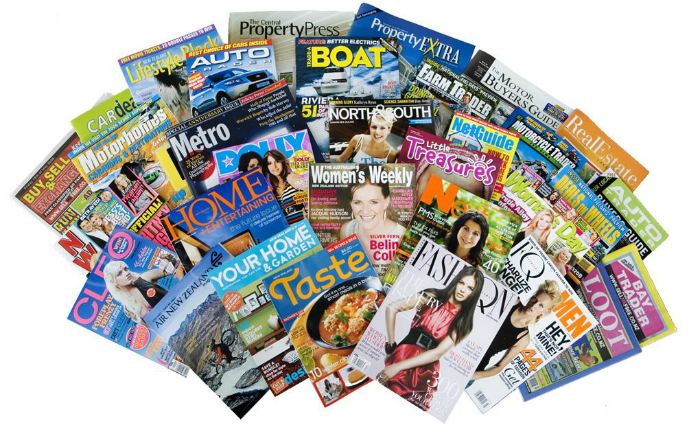
More good news for the power of print with new US research showing that printed magazine ads are four times more cost-effective than TV commercials and twice as effective as mobile.
A case study of a cross-media campaign by American telecom provider AT&T analysed how effective each component was at raising awareness of its new Moto X smartphone.
The Mobile Marketing Association surveyed consumers exposed to the campaign and determined eight times more of the marketing budget should have been spent on print than actually was.
[Related: More magazine news]
For every dollar spent, print ads made six people aware of the new product, compared to three for mobile, 1.5 for TV, and one for desktop internet.
The six-week campaign late last year spent 92 per cent of its dollars on TV, five per cent on desktop internet, and one per cent each on mobile and print.
The researchers suggested allocating 72 per cent to TV, 16 per cent to mobile, eight per cent to print and five per cent to desktop would impact an extra 2.5 million people.
The modelling takes account of diminishing returns to the use of an individual medium, which in this case applied heavily to the TV spend.
Peter George, chief executive of one of Australia’s biggest magazine printers PMP, says the results are to be expected because, like catalogues, magazines are such an effective product.
“There is plenty of research showing catalogues have a strong return on investment, and now there is research saying the same about magazines, which have similar advantages for our clients,” he says.
Commenting on the results, print media research consultant Guy Consterdine says the reason magazines were recommended only half the spend of mobile despite being twice as effective is because of available ad space.
“For a campaign running for a limited time period there are only so many issues of each magazine which are published during that period,” he says.
“Additional titles might be added but there comes a point where the marginal titles are not very cost-efficient against the target audience.
“The second consideration is that print magazines may have a limitation on the reach they can achieve among the target audience, in some cases.
“Thus there are real caps on the extent to which expenditure in print magazines might be increased.”
Comment below to have your say on this story.
If you have a news story or tip-off, get in touch at editorial@sprinter.com.au.
Sign up to the Sprinter newsletter

